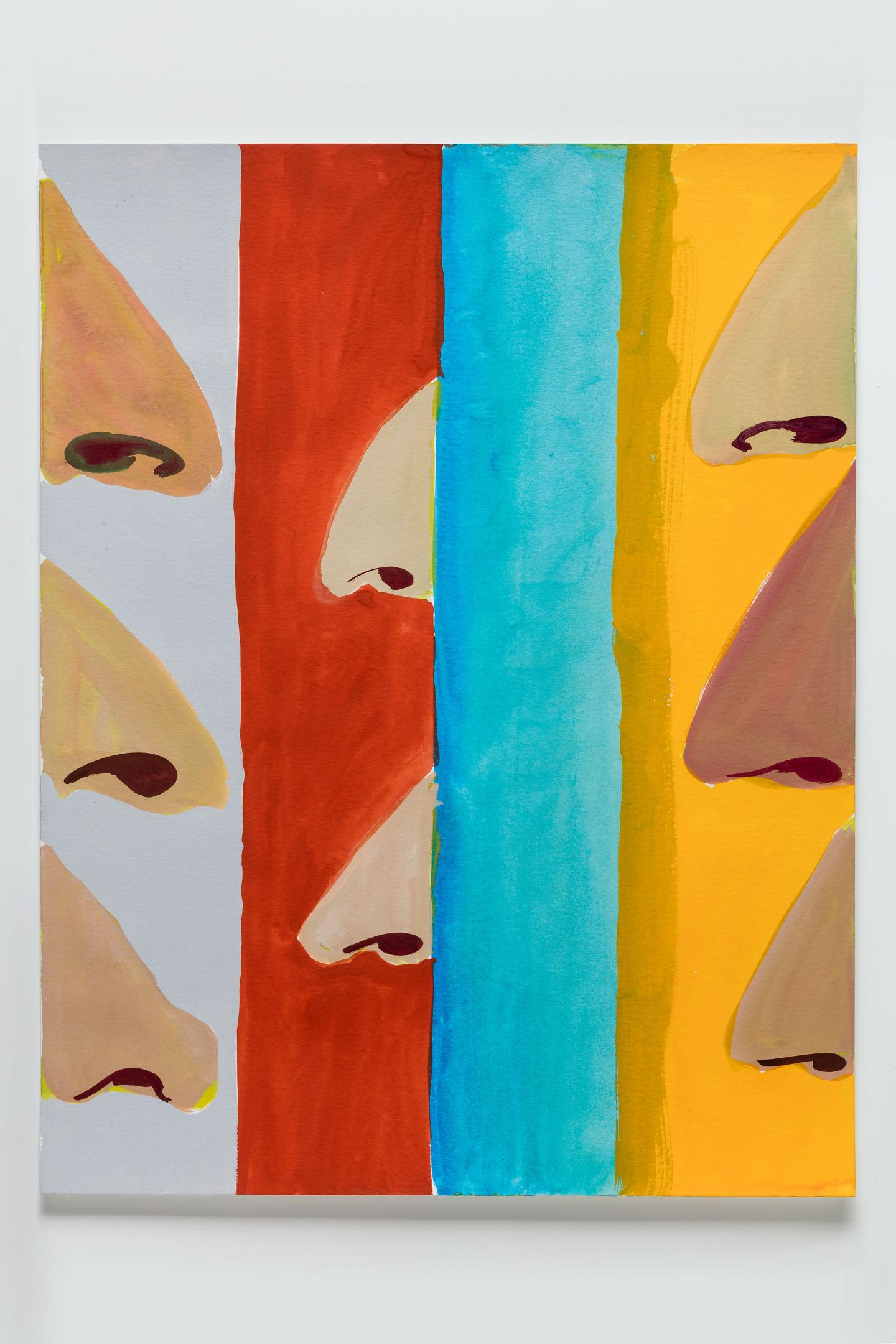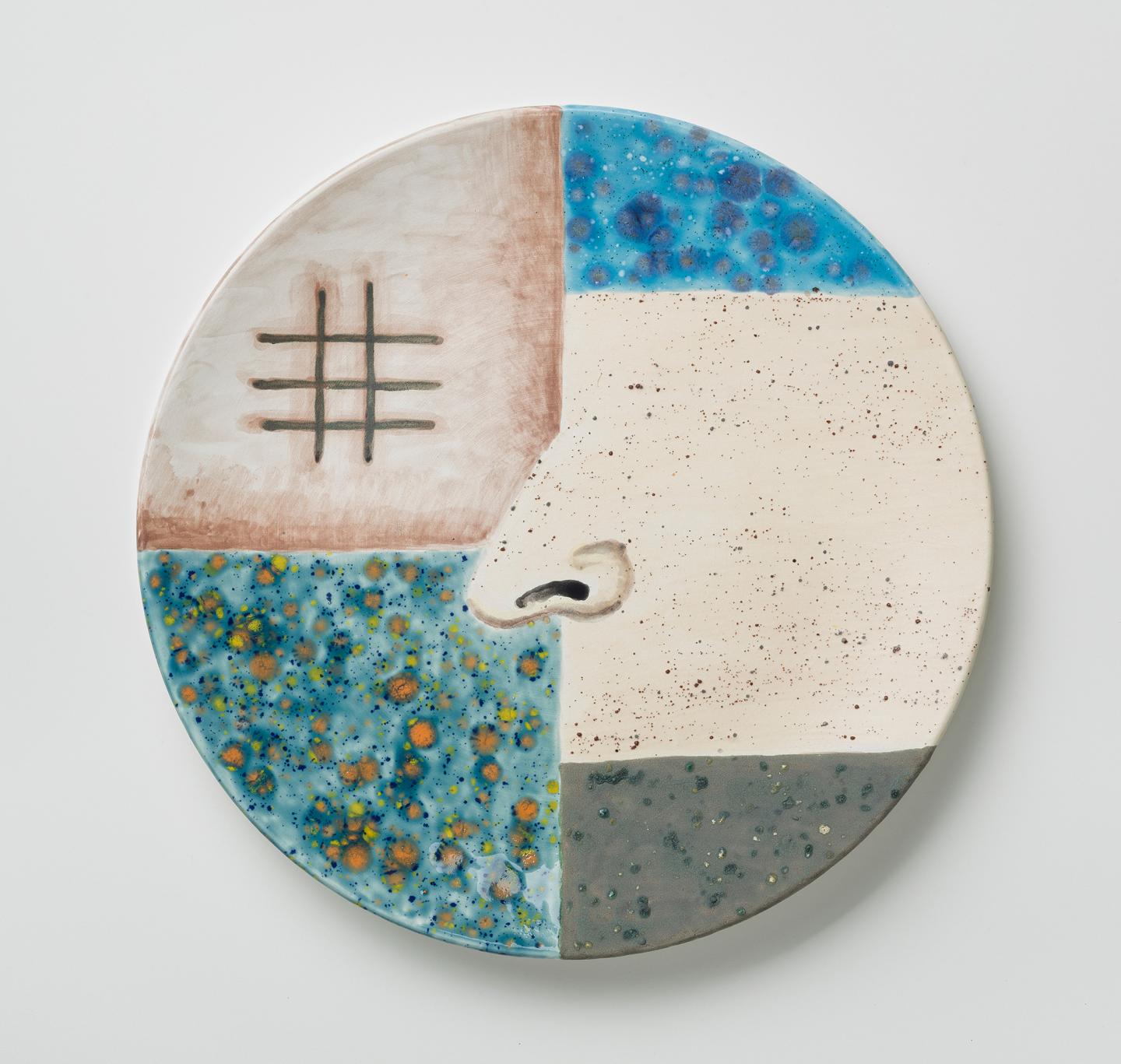A slew of new books discuss the social and political history of scent, from holy smokes to slave ships
Robert Muchembled’s introduction to Smells: A Cultural History of Odours in Early Modern Times, published in July, attributes a spike in interest of ‘smell studies’ among chemical and neurobiologists to the profitability of food and perfume industries. Standing to gain from new insights into taste and smell, ‘hard’ science, he claims haughtily, follows the money, while ‘soft’ social sciences and humanities departments are being closed.
‘Yet, as Muchembled warns, ‘science without consciousness of the past is but the ruin of the soul.’ His engrossing book, predicated on the idea that smell is acquired from experience, rather than being innate, is one of a bump of major new studies on the subject published from across the ‘soft’ sciences. Historically relegated as one of the lower, less cerebral senses, along with touch and taste, smell has been uniquely spotlighted this year: parosmia (a distortion in the sense of smell), as well as dysgeusia (a distortion of the sense of taste), have become, like two sides of a coin, telltale symptoms of Covid-19. While the a-nosmic loses all sense of smell, the phantosmic perceives ‘smell phantoms’ that have no reference in the world, indeed which no other person has smelt before.

These co-symptoms have also served to remind us of the rudimentary separation between smell and taste. As the cognitive scientist A.S. Barwich writes in Smellosophy: What The Nose Tells The Mind (2020), most people think that food flavour is located in the mouth. What Covid-19 reminds us is, as Barwich puts it: ‘You eat with your nose.’ Because the tongue’s narrow range of taste receptors do not account for the complexity of flavour in eating, qualities such as mintiness, chocolatiness, smokiness or garlickiness must be created in the brain via the nose. Orthonasal olfaction takes place when humans, like dogs or mice, sniff and inhale. Unlike most other animals, however, humans have evolved a retronasal pathway allowing volatile food molecules released while chewing and swallowing to be pushed back up into the nose. Keen sniffers dogs or mice might be, but without the retronasal pathway, Barwich writes, they cannot know ‘what it is like to taste great food’.
The hunt for great food was a driving force of globalization. The beginning of the spice trade, Barwich writes, ‘shaped the socioeconomic landscape of the modern world like no other endeavour’. (As spices travelled, so today the virus travels.) Katelynn Robinson’s The Sense of Smell in the Middle Ages is the first detailed research into smell in the later middle ages of Europe – an overlooked field, she writes, vital for understanding the spice trade, as well as urban cleanliness, attitudes towards farting and excrement, leprosy, the importance of smells to surgery, religious sensory experience and overall thought about the senses.

Medieval scholars learnt the mechanics of smell – the standard account of olfaction identified two breast-like bodies at the top of the nasal passage which extended into the brain – through Arabic and Greek texts translated and imported into Europe from North Africa in the late 11th century. Aromatic spices from Crusader states not only gave pleasure but were considered medicinal, used to purify and prevent disease. Holy smokes made their way into church ritual, signalling, Robinson writes, the suffuse presence of God, acting as sacrifice to him and marking those touched by its odour as proof of their holiness. Incorruptible corpses of saints were said to exhale floral odours, whereas demons released foul stenches repulsive to God. Anatomical, theological and medical accounts plot a powerful moral dimension to smell that offered a sense of certainty, of good versus bad.
Andrew Kettler’s pioneering book The Smell of Slavery (2020) contends that odour’s moral certainty in the early modern era produced racialized bodies: ‘whiteness often symbolized virginity, purity, and floral essences, and blackness was marked by an inherent dirtiness, sinfulness, and odor’. If standard critical accounts of scientific racism situate the eye as the arbiter of truth, Kettler foregrounds smell to understand how, as he puts it, the Atlantic World afforded a space for European consciousness to emplace odors upon new bodies. In a game of sensory imperialism, ecological scents combined with new forms of literary, medical, and scientific race-making. The abolitionists’ condemnation of the ‘stench’ of the slave trade mingles with abysmal accounts of the middle passage and the plantation, of sick and wounded bodies, putrifiying and diseased, tortured and overworked. Rotting crops and scalding liquid in boiling houses evoke a dank historic smellscape of the Caribbean Basin that is contrasted with longing for sweeter African airs.

Aromatic coffee beans, chopped tobacco leaves, cloves and other spices exploited in the ‘scramble for Africa’ fill a black incision along a white wall in the Nigerian artist Otobong Nkanga’s 2018 installation Amnesis. Associating colonialism with the wilful deodorizing of scents, it is an exemplary work of what Larry Shiner calls ‘Olfactory/Scent Arts’ in his new book Art Scents (2020). Combining cutting-edge research on olfaction in the sciences and humanities with current thinking about the nature of art and aesthetics in philosophy, Shiner plots a history of animalistic smell’s neglect and disdain among Western intellectuals, including Darwin and Freud. In the philosophical tradition, both Kant and Hegel, and latterly Roger Scruton and Dennis Dutton, have denied odours can be the basis for genuine artworks, which Shiner seeks to disprove. On his revised terms, perfume itself may be considered artwork.
Earlier this month the Odeuropa consortium – bringing together a network of experts in olfactory heritage and ‘sensory mining’ – received a €2.8M project grant from the EU Horizon programme to apply artificial intelligence techniques to four centuries of image and text artefacts from European history. This information will be curated and stored in the ‘European Olfactory Knowledge Graph’ (EOKG), which can then be used to recreate historic smells. Combining computer vision and machine learning, the objective is to train computers to analyse scented objects and the olfactory information in historical images; effectively, it aims to teach the computer to see a smell. And yet I can’t help but wonder: does a computer eat with its nose?
Allison Katz ‘Artery’ will run at Nottingham Contemporary, Nottingham from 15 May until 31 Oct 2021.
Main image: Allison Katz, Noses (Pair 2), 2016, acrylic on paper 14.8 × 21 cm. Courtesy: the artist
Source: What 2020 Taught Us About Smell













